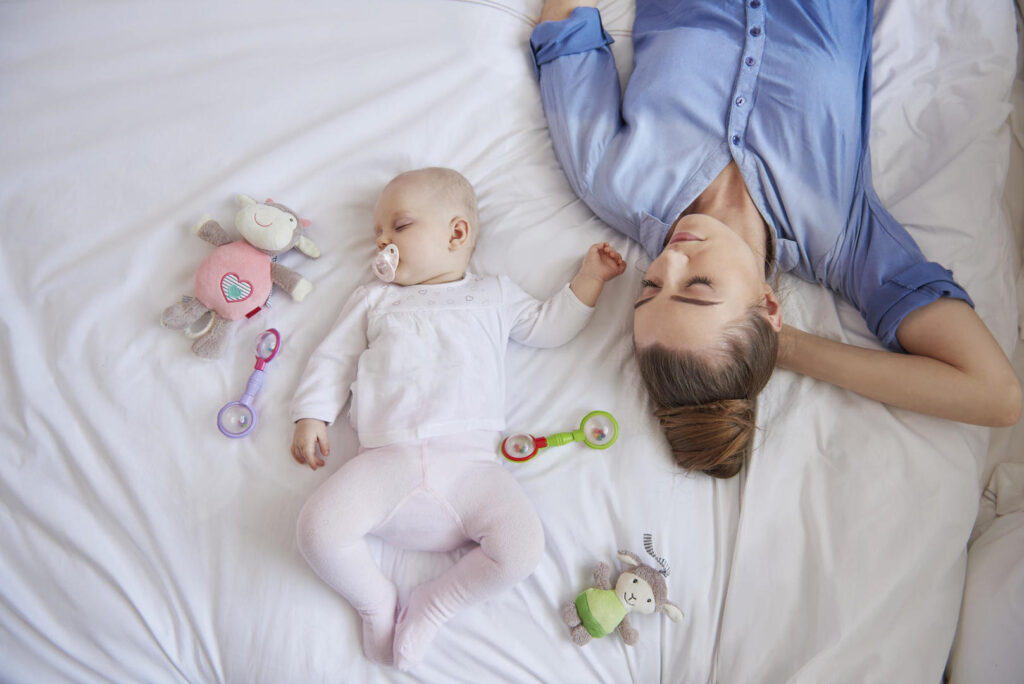
![]()
Now and then, it isn’t simply grown-ups that experience inconvenience getting enough rest. Stress, tension, weight, and work would all be able to influence an individual’s issues with restlessness to decline enough to require the utilization of tranquilizers. Notwithstanding, these are not by any means the only reasons that individuals can’t get the opportunity to rest, regardless of whether they are the most predominant. In a similar vein, it isn’t just grown-ups and individuals put under gigantic weight that experience difficulty around evening time and need tranquilizers. There are occurrences when little kids need them also, however they generally have distinctive purposes behind requiring tranquilizers from the grown-ups that watch out for them.
Any individual who has had kids will realize that dealing with them can be a huge effort. To a few, it is especially hard in the course of the previous years, when rest can be hard to accomplish and significantly harder to keep up. Restless evenings and hours spent endeavouring to make sense of what is causing the kid inconvenience are not too uncommon for guardians of newborn children. While some might consider using medical sleeping aids as a drastic option in getting a baby to fall asleep and stay asleep, less patient parents might view it as a perfectly acceptable solution to their problem. That approach, however, is still being evaluated in terms of medical safety.

While it is perfectly acceptable to treat paediatric insomnia with milder sleep medication than those used on adults, there are questions on whether or not that should extend to regular sleeping problems. Some children simply have trouble sleeping, which can be caused by any number of reasons. Using medication is a touchy area for the treatment of these problems, mainly because the doses designed for adults might prove to be too potent for a child’s body to process properly. The lack of testing on just how much of a dose would be safe for a child to take is a question that lacks an answer, because there hasn’t been too much research into that area.

Most sleeping aids geared for children fall under the umbrella of therapy and treatment. There are a number of techniques and approaches used for sleep problems in children that are tied to behavioral issues, but the pharmacological aspect is only rarely touched upon. Doctors are apprehensive to suggest any sort of medication for pediatric sleeping problems. This is both due to high risk of side effects if given conventional drugs and the lack of concrete, solid options for medications that are geared towards use of children. The lack of research on the matter reflects the lack of willingness to venture into that area, ostensibly due to the higher risk factors involved.

In any case, that does not imply that curing a child to rest isn’t something that doesn’t occur. The way that over-the-counter medications that do this is sufficient evidence that it is something that guardians are happy to do. Insights demonstrate that there may be two unmistakable examples to how this prescription occurs, with one reflecting transient issues and the other venturing into medicine for conditions, for example, Attention Deficit – Hyperactivity Disorder (ADHD). ADHD prescriptions once in a while have parts that have the impact of putting a youngster to rest, however this is generally only a reaction of the medications.
Itohan Omeike
Wife, Mom, Blogger, Saxophonist, Programmer/Web Developer, Business Mogul, and Most Especially Lover Of God.
